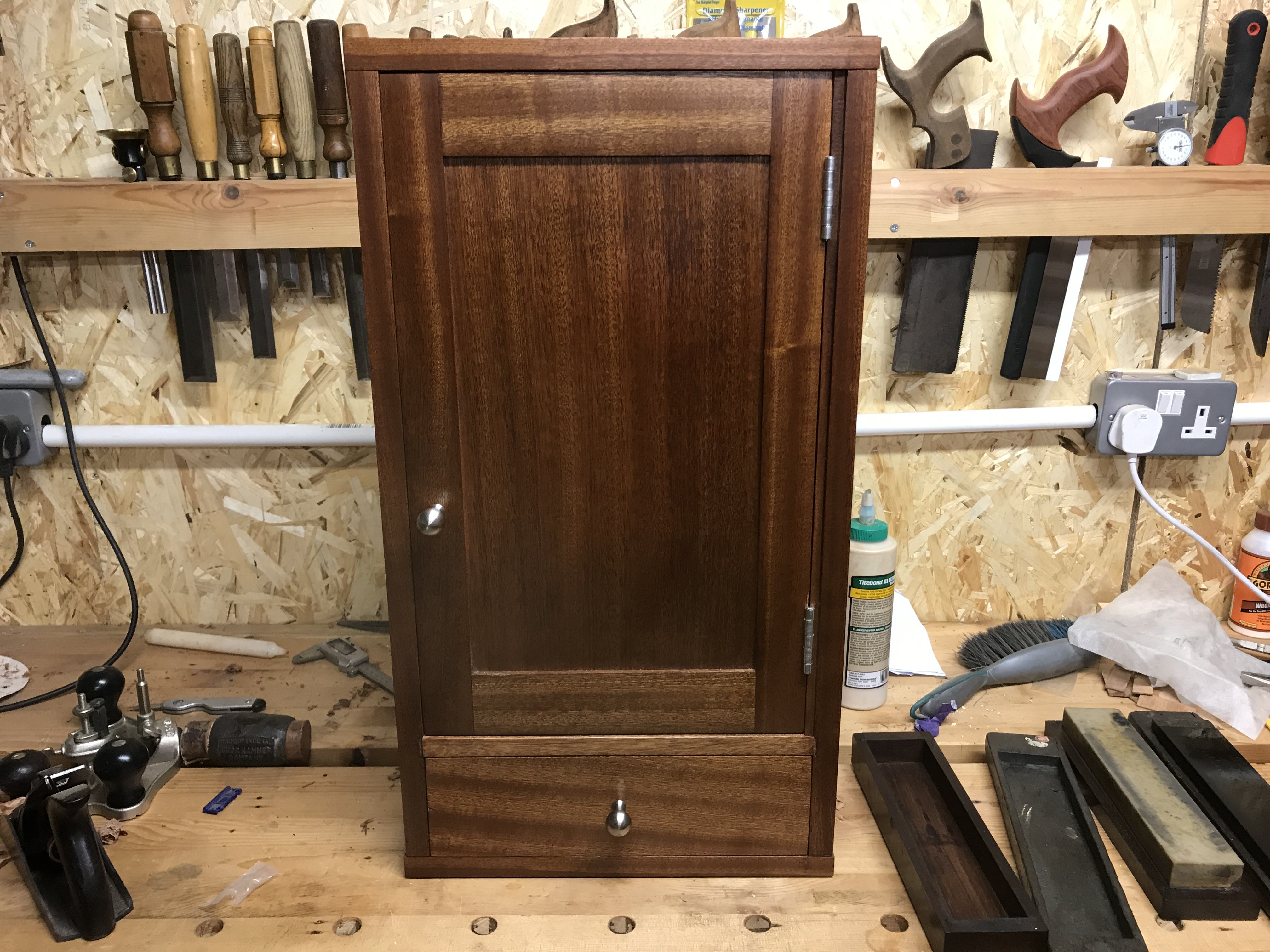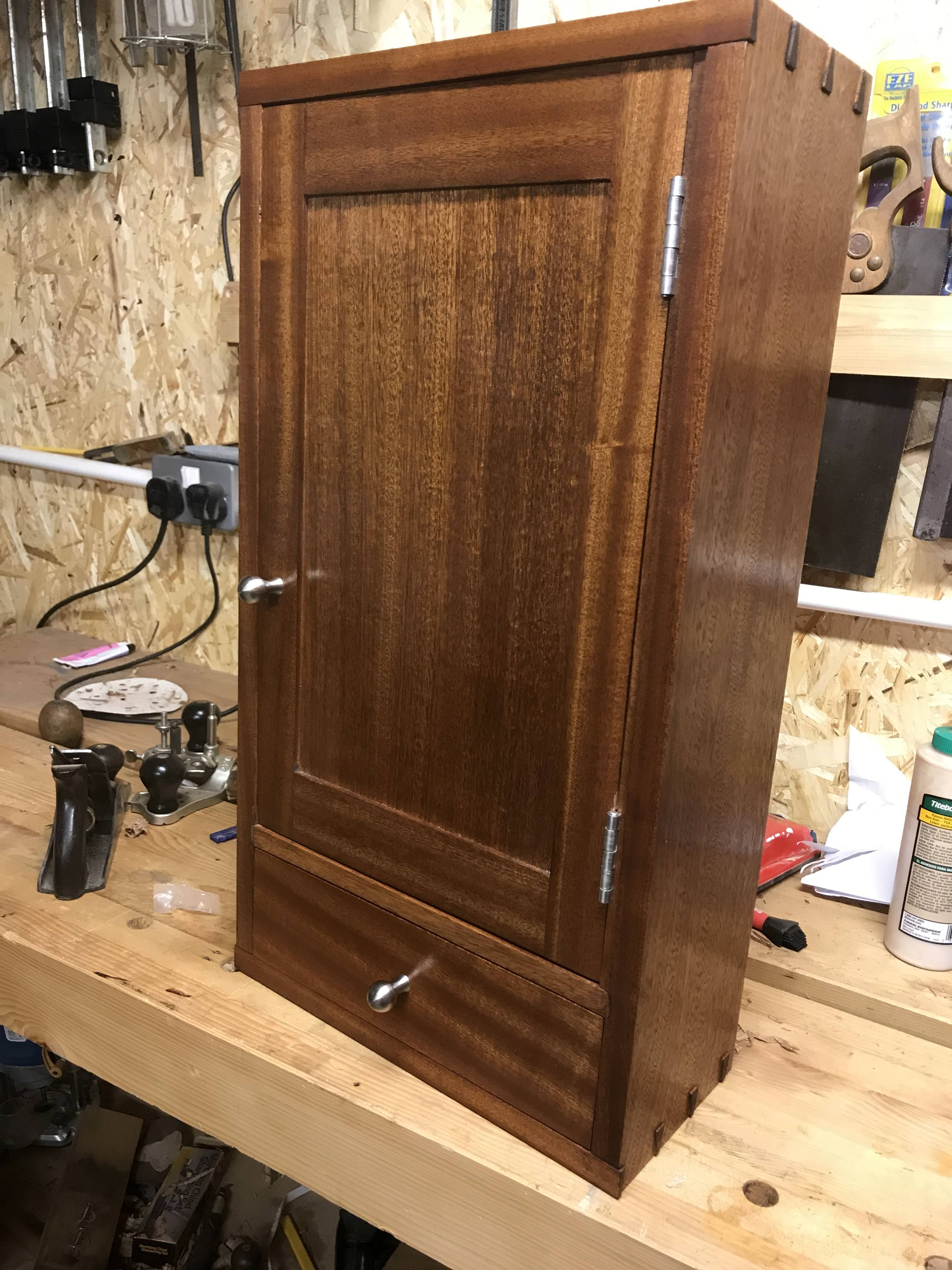Silly_Billy
Established Member
I'm a beginner and solely using hand tools. Which wood do you think's easier: sapele or oak?

What Pete said...!!Pete Maddex":1ybffww3 said:Oak, Sapele can have reversing grain which will be difficult to plane.
Pete
 Occasional tables by Pete Maddex, on Flickr
Occasional tables by Pete Maddex, on Flickr



I find oak much easier to plane than ash, particularly English oak, infact the only thing I find easier about ash is the price.MikeG.":272teqpj said:Oak, but ash is easier. Watch yourself on the oak: splinters are something of an issue.
Silly_Billy":2nn9tag1 said:I'm a beginner and solely using hand tools. Which wood do you think's easier: sapele or oak?
The stripes can be a little as 10-15mm wide, or about 1/2" if you want it in old moneyTasky":1krdz6vk said:I don't know how true this is, but I understand sapele grain can change direction as often as every 2".... which would be an absolute **** to work with!!


memzey":1xut5jzr said:Of the two options you give I’d definitely say oak. This was the last thing I made in Sapele after which I promised myself that I’d avoid using it again as much as possible!


I'd think the two biggest factors are the cost of the wood (I assume I'd measure Sapele using month-of-salary per board foot? ), and how easily the beginner can get a satisfactory end result.ED65":18ngrn6v said:Oak's fine but it's a bit hard for the absolute beginner while sapele is much more easily worked.
Is there a short answer as to how?ED65":18ngrn6v said:Anyway, grain like this in easy-working woods like the mahoganyalikes is easily conquerable.
Enter your email address to join: